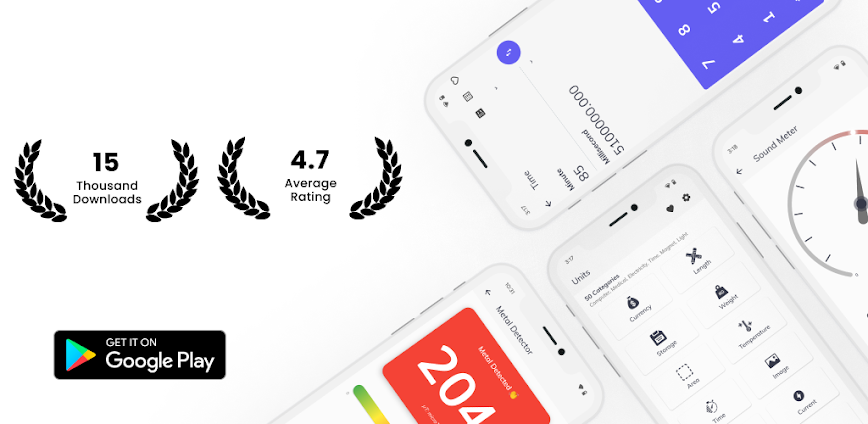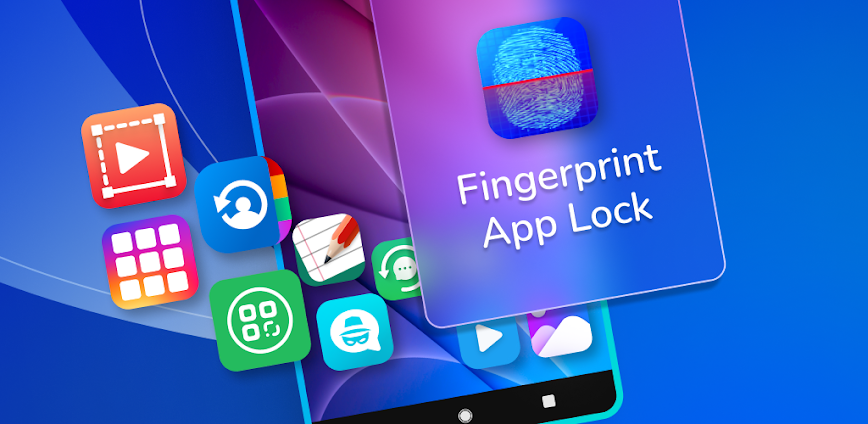Write By Voice Mod Apk v.4.4.3 (Premium Unlocked)
- App Name Write By Voice
- Version 4.4.3
- Sizes 2M
- Requirements Android 6.0
- Developer UXAPPS LTD
- Genre Tools
- Updated Nov 09, 2025
- Platform GooglePlay
- 1 Unlocking Peak Productivity: The Mechanics and Benefits of Voice-to-Text Technology
- 2 Enhancing Accessibility and User Experience Through Intuitive Design
- 3 Optimizing for Efficiency: Advanced Features and Future Trends in Voice Recognition
- 4 Embracing the Voice-First Revolution: A Future of Seamless Communication
In an increasingly fast-paced digital world, the efficiency of communication and content creation has become paramount. As individuals and organizations constantly seek innovative solutions to streamline workflows and enhance productivity, one technology stands out for its transformative potential: speech-to-text applications. These sophisticated tools, which convert spoken words into written text, are rapidly moving from niche utility to mainstream necessity. Their growing relevance stems from their ability to empower users across various demographics—from busy professionals drafting documents on the go, to students taking notes during lectures, and individuals seeking more accessible ways to interact with technology. This shift towards a voice-first approach is not merely a convenience; it represents a fundamental evolution in how we interact with our devices, promising a future where our thoughts can effortlessly materialize into digital content, saving valuable time and reducing physical strain. Understanding the capabilities and implications of this technology is key to navigating the modern digital landscape effectively.
Unlocking Peak Productivity: The Mechanics and Benefits of Voice-to-Text Technology
The core promise of modern speech-to-text technology lies in its unparalleled ability to transform spoken words into written text with remarkable speed and accuracy. This capability is fundamentally reshaping how individuals approach tasks that traditionally required extensive typing. Imagine composing lengthy emails, detailed reports, or even creative prose simply by articulating your thoughts aloud. Applications designed for voice typing leverage advanced artificial intelligence and machine learning algorithms to understand natural language, interpret various accents, and even learn from your unique speech patterns, leading to continuously improving precision.
For professionals, this translates into significant time savings. Instead of meticulously typing out meeting minutes or project briefs, one can speak them directly into a device, capturing ideas in real-time without interrupting the flow of thought. This efficiency is particularly beneficial in scenarios where hands are occupied, such as during commutes or while multitasking. Students can record lectures or personal study notes, ensuring that every crucial piece of information is documented without the distraction of manual transcription. The instantaneous conversion from voice to text means that initial drafts can be generated at a pace far exceeding traditional typing speeds, allowing users to focus more on the content and less on the mechanics of input.
Beyond sheer speed, accuracy is a cornerstone of effective transcription software. Modern voice recognition systems are sophisticated enough to differentiate between homophones, understand contextual nuances, and even punctuate sentences automatically, drastically reducing the need for post-transcription edits. This level of precision is a direct result of ongoing advancements in AI, which continuously refine the algorithms through vast datasets of human speech. Furthermore, many applications offer features that allow for immediate correction of any misheard words or formatting errors during the dictation process, ensuring the final output is as polished as possible.
The impact on content creation is particularly noteworthy. Writers, journalists, and marketers can use speech-to-text tools to bypass writer’s block often associated with the keyboard, allowing ideas to flow freely and organically. This hands-free writing approach encourages a more conversational and natural tone in written pieces, which can resonate more effectively with audiences. The ability to capture thoughts spontaneously means fewer brilliant ideas are lost to the ether, bolstering overall creativity and output. For a deeper dive into enhancing your mobile experience and boosting productivity, explore our comprehensive guide on essential Android apps that can integrate seamlessly with voice typing functionalities.
Enhancing Accessibility and User Experience Through Intuitive Design
The success of any technology is heavily reliant on its user experience (UX), and speech-to-text applications are no exception. A truly effective voice typing tool is characterized by an intuitive, easy-to-navigate interface that minimizes the learning curve and maximizes productivity for all users. The design philosophy behind leading transcription software focuses on simplicity and clarity, ensuring that even those new to the technology can effortlessly convert their speech into text. This involves clearly labeled controls, minimalist layouts, and straightforward settings that allow for quick customization.
One of the most profound impacts of speech-to-text technology is its contribution to digital accessibility. For individuals with physical disabilities, such as motor impairments, or those who suffer from conditions like repetitive strain injury (RSI), voice typing provides a vital pathway to interacting with digital content without the physical exertion of traditional keyboard use. It democratizes access to information and participation in the digital economy, enabling people to write documents, send messages, and navigate interfaces simply by speaking. This inclusive technology ensures that barriers to communication are significantly lowered, fostering a more equitable digital environment. Moreover, it offers a crucial aid for individuals with dyslexia or other learning differences, allowing them to bypass the challenges of typing and focus on expressing their ideas verbally.
Beyond accessibility, modern speech-to-text applications offer a wealth of customization options designed to enhance the individual user experience. Users can often select from various font styles and sizes for their transcribed text, tailoring the visual output to their personal preferences or specific accessibility needs. This flexibility extends to language support, with many applications offering transcription services in multiple languages and dialects, catering to an international audience and facilitating global communication. Advanced settings might even allow users to train the AI to better recognize their unique voice, vocabulary, and preferred punctuation styles, further refining accuracy over time.
Data privacy and security are paramount considerations in any application that handles personal communication. Leading speech-to-text platforms are built with robust security protocols to protect user data. This includes end-to-end encryption for transcribed content, secure cloud storage (if applicable), and clear policies regarding data usage and retention. Users can often opt for features that allow local processing of speech, meaning audio data never leaves their device, offering an enhanced layer of privacy. This commitment to security instills confidence, ensuring that sensitive conversations and proprietary information remain confidential. To learn more about how mobile technology is shaping global interaction and its associated security implications, consider reading our article on cross-platform communication tools.
Optimizing for Efficiency: Advanced Features and Future Trends in Voice Recognition
The evolution of speech-to-text technology is marked by continuous innovation, pushing the boundaries of what’s possible in digital communication and mobile productivity. Beyond basic transcription, advanced features are emerging that significantly enhance the utility and versatility of these applications, making them indispensable tools for a wide array of users.
One crucial aspect of optimization is the ability to edit and refine transcribed text effortlessly. Modern voice typing applications allow users to not only speak their text but also to make real-time corrections during dictation or extensive post-transcription edits. This includes correcting misspelled words, rephrasing sentences, adding punctuation, and formatting paragraphs with ease. Many apps automatically save the history of transcribed dialogues, providing a convenient archive that allows users to review, edit, and reuse previous conversations or notes whenever needed. This historical logging feature is particularly valuable for long-form content creation, academic research, or professional documentation, ensuring that no spoken thought is ever truly lost.
Another area of significant advancement is the integration of AI voice recognition with other productivity tools. This includes seamless compatibility with word processors, email clients, messaging apps, and cloud storage services. Such integration allows users to dictate text directly into their preferred document or communication platform, eliminating the need for copy-pasting and further streamlining workflows. For instance, a user could dictate a message in a speech-to-text app and then instantly share it via WhatsApp or save it to Google Drive, enhancing mobile productivity and flexibility.
Looking ahead, the future of voice recognition is exceptionally promising. We are moving towards a paradigm where voice interfaces become the primary mode of interaction with technology, not just for text input but for controlling devices, navigating smart homes, and accessing information. Expected trends include even more sophisticated AI capable of understanding complex commands, distinguishing between multiple speakers in a conversation, and transcribing in highly noisy environments with greater precision. Real-time translation capabilities are also becoming more robust, allowing for instant verbal communication across language barriers. Furthermore, the integration of speech-to-text with augmented reality and virtual reality applications promises entirely new ways of interacting with digital content, ushering in an era of truly hands-free computing.
As these technologies become more ingrained in our daily lives, issues of data privacy and ethical AI development will remain at the forefront. Developers are continually working on solutions that balance convenience with robust security measures, ensuring user trust. This often involves developing advanced encryption, anonymization techniques, and transparent data handling policies. For insights into securing your digital life and understanding the implications of advanced technology, refer to our expert advice on protecting your mobile devices.
Embracing the Voice-First Revolution: A Future of Seamless Communication
The journey through the capabilities and future prospects of speech-to-text technology reveals a clear trajectory towards a more intuitive, efficient, and accessible digital world. From its foundational promise of converting spoken words into text with speed and accuracy, this technology has evolved into a sophisticated suite of tools that significantly boost productivity, foster greater inclusivity, and enhance user experience across countless applications. We have seen how voice typing acts as a powerful enabler for diverse user groups, from professionals seeking to streamline their workflows and content creation processes to individuals with accessibility needs who can now interact with technology on their own terms. The emphasis on intuitive interfaces, robust security protocols, and customizable features underscores a commitment to user-centric design.
Looking forward, the voice-first revolution is poised to accelerate. Continuous advancements in AI voice recognition will deliver even greater precision, contextual understanding, and multilingual support, making `transcription software` an indispensable component of everyday life. The integration of `speech-to-text` with other `productivity tools` and emerging technologies like AR/VR will unlock novel interaction paradigms, redefining how we communicate, work, and learn. As digital communication becomes increasingly dynamic, the ability to effortlessly convert thought into text will remain a cornerstone of effective engagement.
For readers, the recommendation is clear: embrace and explore the potential of `voice typing` technology. Whether it’s for `hands-free writing`, dictating notes, drafting documents, or simply enhancing `mobile productivity`, integrating `speech-to-text` into your digital toolkit can unlock substantial benefits. Experiment with different applications, understand their features, and observe how they can transform your personal and professional efficiency. The future of `digital communication` is undeniably voice-driven, and by understanding and utilizing these powerful tools, you can ensure you are at the forefront of this exciting technological evolution, ready to experience a more seamless and productive interaction with the digital world.
Whats News
- Bug fixes and performance improvements- Translated to Romanian
- Votes: 1
- Comments: 4
Download Write By Voice for Android for free.
Premium Unlocked





I disagree that speech-to-text is becoming a mainstream necessity. While it’s undoubtedly helpful for some, many still find typing faster and more accurate for complex or nuanced writing. I think it’ll remain a niche tool for specific use cases for the foreseeable future.
While speech-to-text has its uses, I think the post overstates its “transformative potential.” I still find that editing the transcribed text takes almost as long as typing it myself, especially with complex topics.
While I agree that speech-to-text has its uses, I think the blog post overstates its transformative potential. For many, typing is still faster and more accurate, especially when complex formatting or technical jargon is involved.
I’m not entirely convinced speech-to-text is quite *that* transformative just yet. While it’s definitely improved, the accuracy still isn’t perfect, and I often find myself spending more time editing than I save.